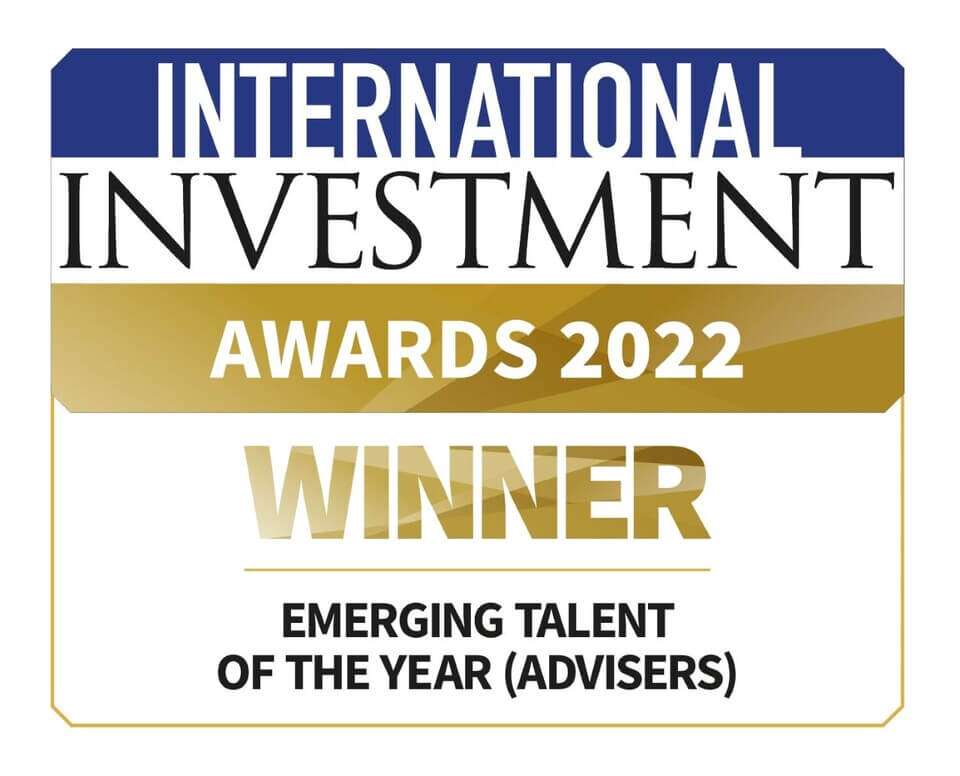
Investment funds: active vs passive
Posted on: 22nd August 2022 in
Investments
Investment funds take a lot of the headaches away from investing.
They allow investors to quickly build a diverse portfolio. Investing in a fund gives you access to a wide range of assets, such as shares, bonds, commodities and even real estate.
Funds generally fall into two categories – active and passive. Both have their pros and cons. Both are also very different in the way they work.
In this article, we look at active and passive investment funds and how they can fit into your broader investment strategy.
What are investment funds?
A fund pools money from individual investors to buy a wide range of assets. One of the reasons that funds are a popular choice with investors is two-fold.
First, they allow investors to quickly diversify their investment portfolios by gaining exposure to a large number of assets. This means the investor doesn’t need to buy individual stocks and shares, which requires a lot of time and market knowledge.
The second reason is they allow investors to more easily access markets they would otherwise find challenging to access.
As an investor, you do not own the underlying assets; the fund itself owns them. Instead, you own a portion of the fund.
It’s down to the fund manager to either set up or run (or both) the fund in line with the fund’s investment objectives.
Active funds and passive funds: what’s the difference?
Funds can track just about anything.
Some are broader, focusing on major indices such as the FTSE 100 and S&P 500. Meanwhile, some are more specific and track the bond markets or a particular market sector or region.
A fund’s performance is determined by how it performs against a given benchmark index.
There are two key things that separate active and passive funds; how hands-on the portfolio managers are and how their performance is measured.
With active investment funds, the goal is to outperform a stock market. In other words, produce higher than average returns. This means actively trading assets to take advantage of short-term changes to stock prices.
Active funds are run by a fund manager or management teams. Active fund managers make investment decisions by analysing data and trading accordingly.
While active funds look to outperform the index, a passive fund simply tracks it. Passive fund managers tend to buy a large number of assets from the index that the fund is tracking.
For example, a passive index fund that tracks the S&P 500 will contain shares from each of the 500 companies that make up the index. By doing this, the fund’s performance should mirror the index’s.
Active vs passive vs fund type
There are various different types of funds. The two well-known are mutual funds and exchange-traded funds (ETFs).
It’s common for mutual funds to be referred to as active funds and ETFs to be associated with passive investing. While this is often true, you should not assume that the fund type is tied to passive or active management.
Some mutual funds adopt passive investment strategies. There are also ETFs on the market for active investors.
Active vs passive: the pros and cons
Active or passive. Which option is best has been a hotly debated topic for a while now.
Below are some of the general pros and cons of each.
Passive investing – pros
Lower fees:
You don’t have the additional cost of management fees, meaning the fees are considerably lower than active funds.
Risk level:
All investments carry a level of risk. However, because a passive fund aims to match the index’s performance, the risk level aligns with the index itself.
For example, passive equity funds often carry more risk than passive bond funds. However, there are no additional risks such as underperformance due to the investment choices made by the fund manager.
Potentially more predictable:
Some investors feel that because passive funds track an index, returns are more predictable than active funds.
Passive investing – cons
Return potential is limited:
Passive investors don’t have the same return potential. This is because they will never beat the market, only match it.
Fewer options:
When you invest in an index fund and ETF, you invest in a ready-made basket of securities. This means you don’t have the same flexibility as investing in individual stocks.
Active investing – pros
Higher potential returns:
The purpose of active fund management is to outperform the average benchmark returns. This means they have the potential to produce higher returns than passive funds.
Flexibility:
Active managers may spot investment opportunities to increase the investor’s return. Active investment managers can also use techniques such as hedging to help cushion the blow of potential market downturns.
Active investing – cons
High fees:
Fees for active funds are a lot higher. This is due to the active trading and the cost of the fund manager and their team.
The total cost all depends on the fund in question. However, data from the Investment Company Institute gives an insight into the average cost difference between active and passive funds.
The average expense ratio is around 0.68% for active funds. Meanwhile, the average passive fund is roughly 0.6%.
The cost of being wrong:
Being a fund manager requires you to be right more often than wrong. While active funds can produce a superior return, most struggle to do so. Research from the American Enterprise Institute found that roughly 95% of active fund managers were able to beat the market.
What option is best?
There is no best option, just the best option for a particular situation.
While passive funds provide a low-cost and lower-risk way to invest, active funds have the flexibility to pivot. This makes them well suited to protect against market downturns.
And despite some data showing that active funds have a hard time beating their benchmark, there is still a case for the active fund management route.
Data from Morningstar found that over 10 years, the asset-weighted performance of active funds stood at 7.9% and 7.1% for passive funds.
The good news is that you don’t have to choose between active strategies and passive strategies. Some may benefit from mixing both into their broader investment strategy.
As with any investment, the option you choose comes down to your risk tolerance, goals, and other factors.
There are endless ways to invest your money in a fund. With so many options, knowing which is right for you can be challenging. That’s where we can help.
Holborn Assets is a leading, award-winning financial service provider.
For more than 20 years, our expert team of wealth managers and investment specialists have helped clients reach their financial goals.
Start your investment journey with Holborn Assets. Contact us using the form below to find out how we can help you.

















